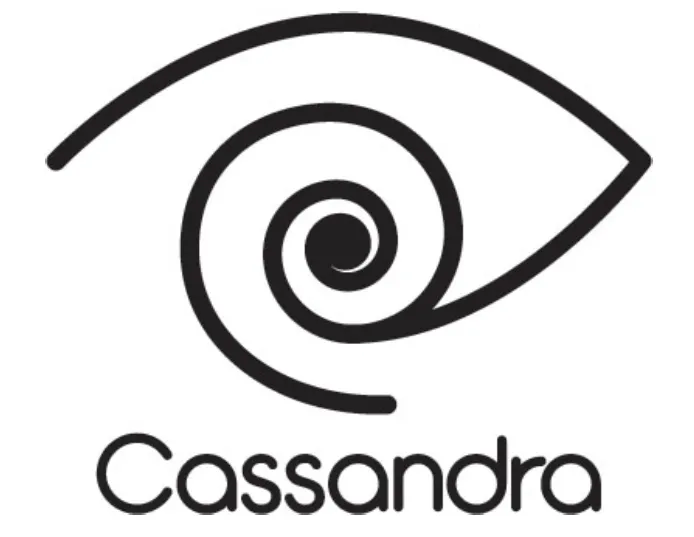Computer Assisted Solutions for Studying the Availability aNd DistRibution of novel psychoActive substances.
The internet and social media have transformed the way products are marketed and sold and how information is shared and used.
A number of national and international surveys (e.g. Eurobarometer 2012) have shown how most young people would use the internet to get information about illicit drugs and drug use in general and would prefer to discuss the effects and risks of using drugs with their friends.
Increasingly, the internet is crucial in:
- providing uncensored information on drug sourcing mechanisms;
- providing advice around optimal use;
- hosting discussions around popular choices;
- sharing experiences and harm reduction practices; and
- promoting Novel Psychoactive Substances (NPS).
NPS are a class of relatively new drugs being used for recreational purposes, often as legal substitutes for more common illicit drugs. They are widely promoted and available on the internet as room fresheners, bath salts, herbal incenses and plant fertilizers. These include drugs, such as mephedrone, methoxetamine and salvia divinorum that are, or when they emerged, were not controlled by international drug conventions or national legislation.
Over the past few years, the number of NPS reported to the EMCDDA’s Early Warning System increased from 14 in 2005 to 101 in 2014.
However, of the hundreds of compounds that have been made available in the past four to five years only a few have become trends of some concern. Only mephedrone has strongly established itself in the illicit drug market after its Europe-wide ban in 2010.
One way to improve our understanding of how emerging trends occur is to have a better understanding of how the NPS supply chain works and how their diffusion among users occurs.
Project partner
CASSANDRA has been developed in partnership with the National Addiction Centre, King’s College London, the Institute of Informatics and Telematics of the CNR, Pisa – Italy and the Substance Abuse Research Centre, Waterford Institute of Technology (WIT), Ireland.
Aims
The CASSANDRA project aims to:
- Map the availability and distribution chain of NPS across multiple websites and online environments (e.g. Tor, social media)
- Describe how the availability, promotion and distribution of NPS are evolving throughout the duration of the project
- Describe the lifecycle stages of any given substance: introduction, growth, maturity and/or decline, including the displacement of established illegal drugs and/or other NPS
- Analyse and track NPS diffusion among different groups of users (e.g. innovators, early adopters, early majority, late majority, laggards, and leapfroggers)
- Assess the role and influence that innovators, early adopters and key opinion leaders have in the diffusion of emerging NPS
- Provide real-time data/metrics (e.g. volume and changes over time) on popularity of specific substances both on specialized websites and on social media platforms
- Assess NPS displacement onto emerging online markets (e.g. Silk Road)

